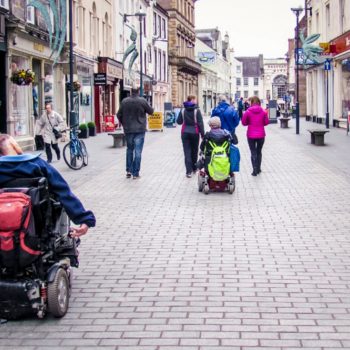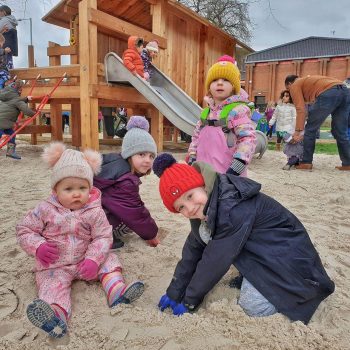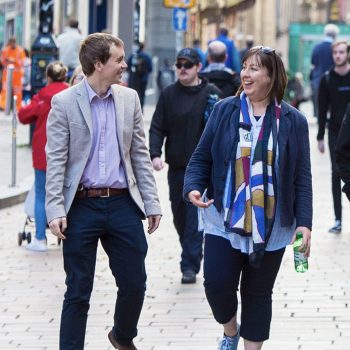Introduction
Part of making a town centre active, attractive and accessible is how the streets and public spaces are designed and used. Are they active and full of life? Are they attractive, to make people want to come into the town centre? Are they accessible to everyone, regardless of age or ability?
You can see some ideas and examples of how to do these things in this section. There are more ideas in the Clean and Green section and the Arts and Culture section too – about designing our town centres to be low carbon, and making them active with events.
Town centre streets and public spaces need to work well for people of all ages and abilities: according to UK government statistics, 20% of the UK population is disabled - that’s 8% of children, 19% of working age adults and 45% of pension age adults. Making our town centre work for them doesn’t just make their lives better, it’s good for footfall and business too. Find out more about the spending power of disabled households here.
And remember, what’s good for one group of users – such as families, young people, disabled people or older people dementia – can benefit everyone. Integrated design for multiple user groups is what we should all aim for.
The section finishes with signposts to useful Resources.
Don’t forget: we’re always looking for more examples of good practice that others can learn from. Please get in touch if you know of any, using the 'get in touch' link at the bottom of any page of this Toolkit. We’re especially keen to get examples of:
- Ways of tackling overdue maintenance on buildings, streets and spaces – a common problem in many town centres with absentee landlords, marginal property values and stretched local authority budgets.
- Town centre cycle networks that genuinely create safe and comfortable routes for cyclists and achieve an increase in cycling.
- High street play facilities to attract more families into town centres.
- Creative use of lighting to make town centres more interesting and attractive after dark.


